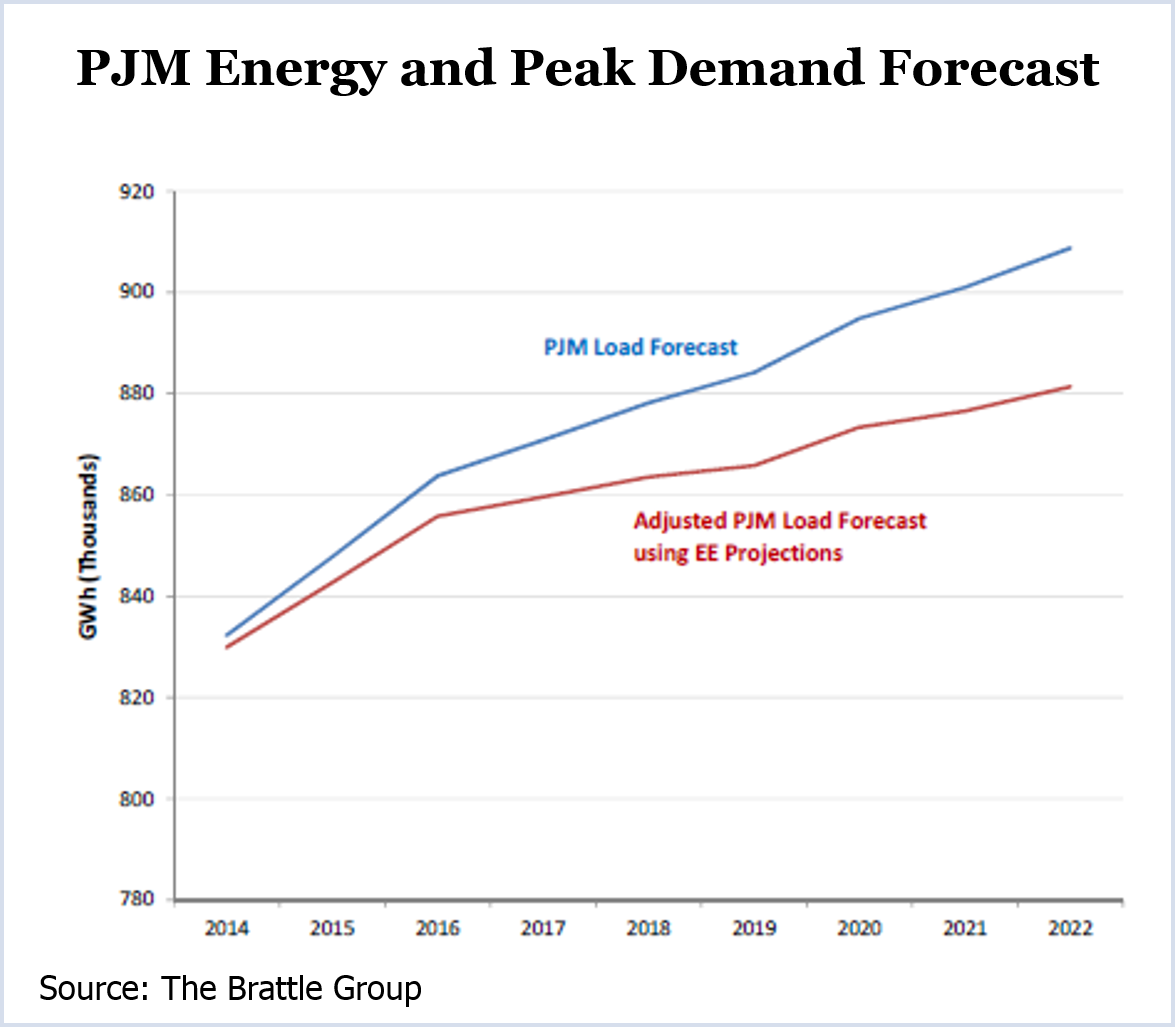By Michael Brooks
WASHINGTON — Natural gas industry representatives reacted coolly last week to the idea of a centralized gas trading platform, suggesting the industry could improve its service to electric generators through smaller, incremental changes.
The issue was the subject of a nearly three-hour meeting called by Federal Energy Regulatory Commissioner Phillip Moeller.
The idea of a trading platform for natural gas was proposed at an April 1 FERC technical conference by Donald Sipe, an attorney representing the American Forest and Paper Association. (See PJM May Offer Firm-Fuel Premium.)
Sipe said a trading platform would address a lack of price transparency and liquidity in the gas market by applying lessons from RTOs on matching supply and demand in real time.
Last week’s discussion was not an official FERC meeting, although Moeller did obtain a docket number (AD14-19) for receiving written comments. He was the only commissioner to attend.
PJM: Dual-Fuel Solution?
Among those who spoke was PJM Executive Vice President of Operations Mike Kormos, who recalled PJM generators’ complaints last winter about the difficulty in getting gas and the uncertainty in when they will receive it. “From a reliability perspective, that’s unacceptable to us,” Kormos said. “We can’t just roll the dice and hope somebody gets gas.” Kormos said that the answer for the electric side may be to “just forget [gas-only units] and go dual fuel.”
“Maybe it’s not the most economic solution, but if the gas side can’t be flexible enough to meet our needs, then our answer’s got to be, from a reliability perspective, that we need to go to dual fuel and something else,” he said.
Christine Tezak, managing director of ClearView Energy Partners, said no solution will be perfect. “If you’re trying to do everything at least-cost dispatch, in five-minute increments, at some point you do have to reconcile the fact that you are using a fuel that’s only moving at 23 mph. And electricity is moving at the speed of light, and there’s going to be a disconnect.”
Gas industry representatives questioned the need for a trading platform, instead calling for spending on additional pipeline capacity.
Who Pays?
“The problem we’ve got here is, who pays for what is desired?” said Don Santa, CEO of the Interstate Natural Gas Association of America. “Where is the wherewithal for those who want these capabilities, in terms of the infrastructure to support the services, to be able to pay for it?”
Bob Reilley, vice president of regulatory affairs for Shell Energy, said any trading platform should be voluntary. “I can’t object to a user putting out his needs on a public forum,” Reilley said. “On the other hand … if he doesn’t want to do so, I would still like to be able to serve him.”
Some electric industry representatives also questioned the need for a centralized trading clearinghouse.
“We don’t see the type of weekend issues or off-peak hours issues that I’ve seen discussed here,” said Jerry Yupp of Florida Power & Light. “We’re able to find the gas we need dealing directly with suppliers, not through an electric platform on the weekends.”
Moeller tried to assuage the concerns of those on the gas side who were worried that FERC would make a broad, sweeping order to change the gas market. Rather, Moeller said, he wanted both sides to reach an agreement so that FERC would not have to react to a crisis, such as the January polar vortex.
“The fact that we have a convergence of the electric industry and the natural gas industry, which is only increasing — in one sense it’s a celebration of the fact that we have plentiful domestic gas that we didn’t know we had a few years ago,” Moeller said. “It is a really good set of problems to have. It’s a chance for everyone to win.”





